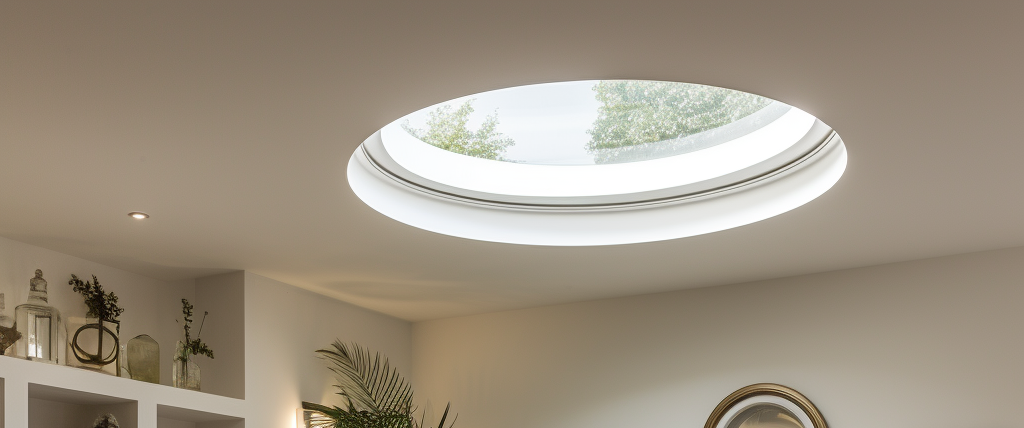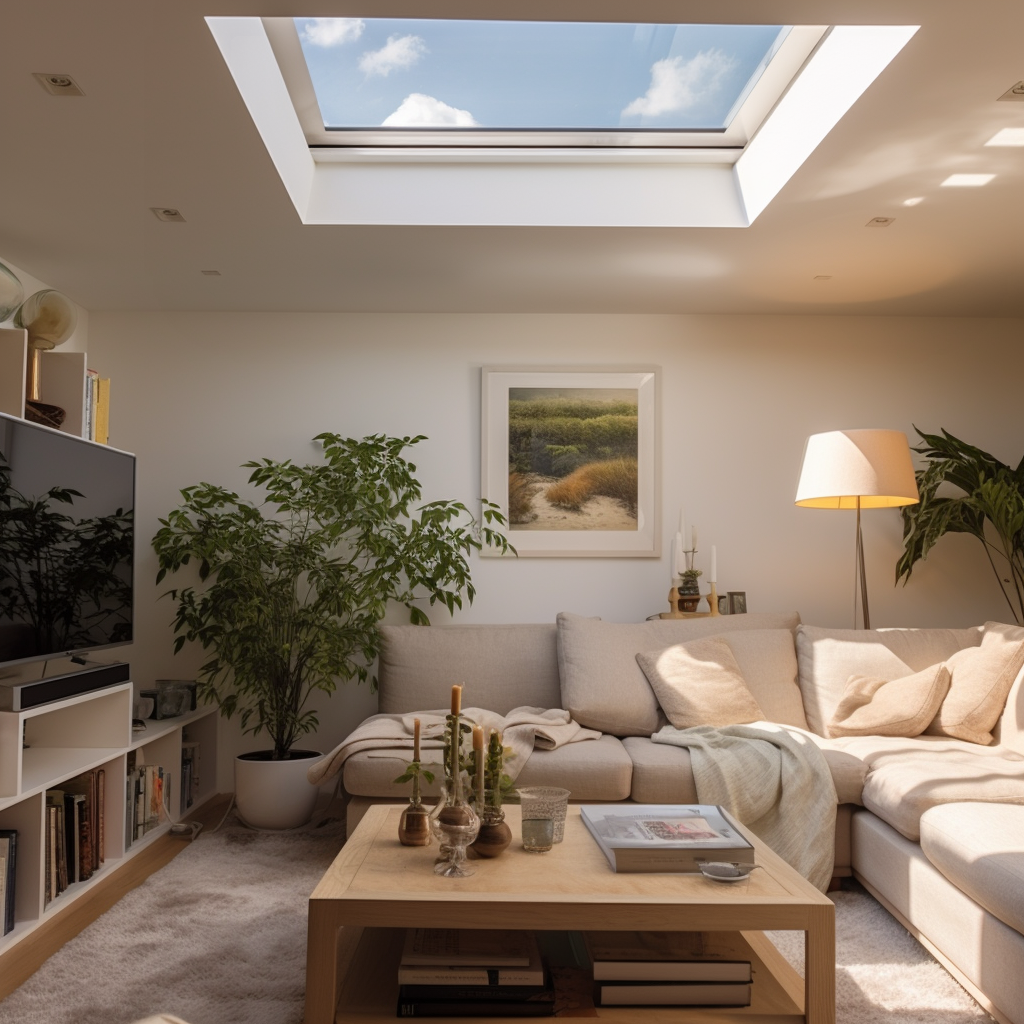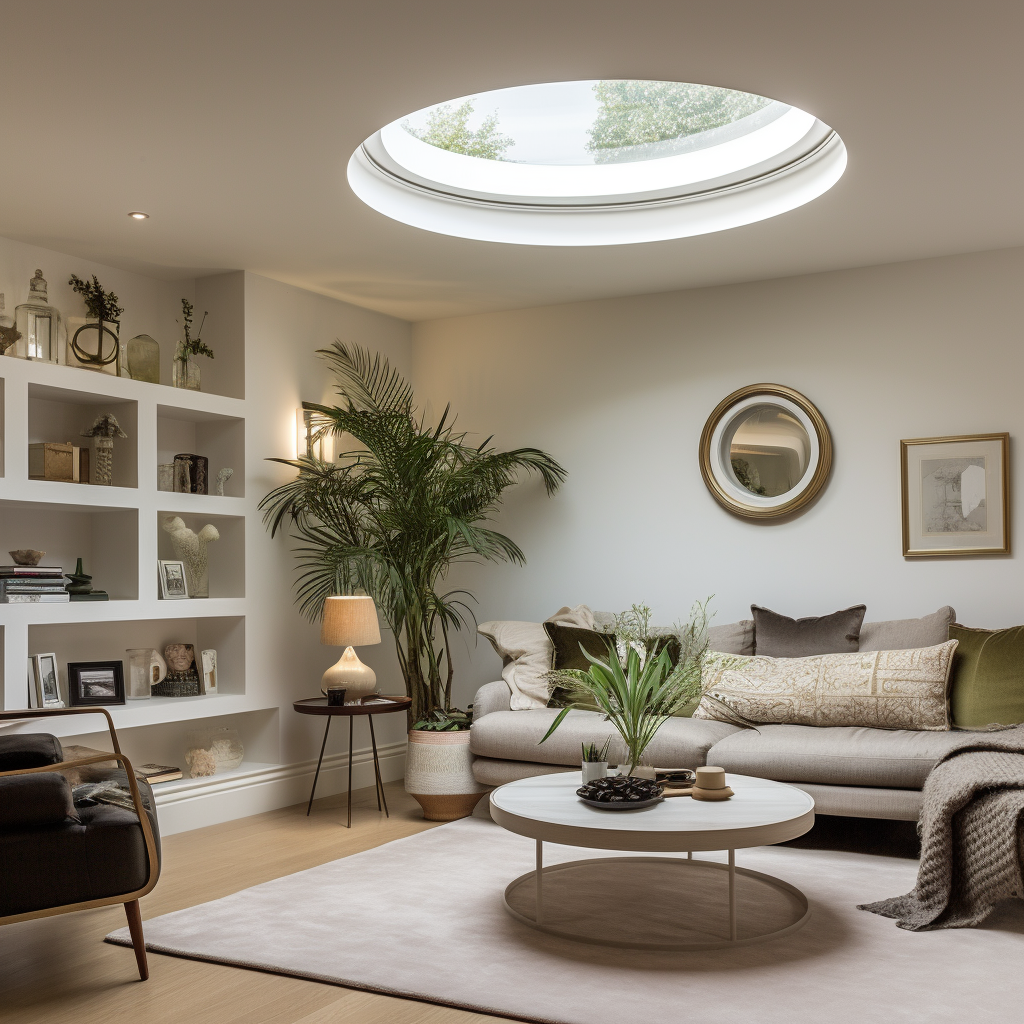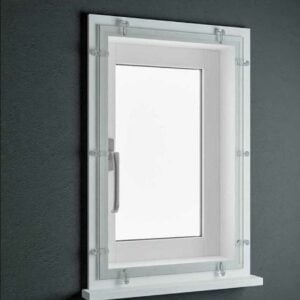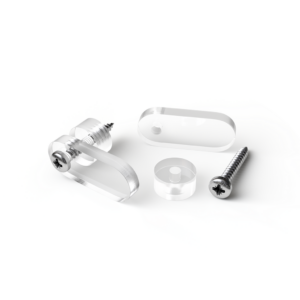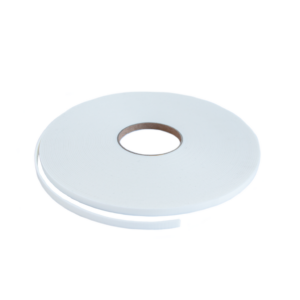A skylight provides fantastic light, but it may also have a lot of cold air coming through because the dome does not insulate properly. How do you make sure it is energy efficient? We give you 4 ways to insulate your skylight.
Advantages of skylights
Skylights can transform a room by providing more light, and even help save energy by reducing reliance on lamps and heating. A skylight also gives a unique look to a home from the inside and the outside.
Sunlight in the home
Extra warmth
Nice to see inside and outside
Why insulate?
Like windows, however, a skylight can be a source of energy loss if it is not properly insulated. A skylight is mounted in the ceiling, and heat rises in a room. To prevent heat loss, it is best to make sure you have good insulation.
Ways to insulate your skylight
There are several ways you can insulate your skylight. The most popular options are listed below.
1Insulate with secondary glazing
Using secondary glazing is an effective and aesthetically pleasing way to insulate your skylight. Secondary glazing is placed on the inside of the skylight, creating stagnant air between the original dome surface and the secondary glazing. This air space acts as an insulating barrier, helping to reduce heat loss in winter and keeping the heat out in summer.
Secondary glazing is made of high-quality material, such as acrylic, which has additional insulating properties. Installation of secondary glazing is also relatively easy and it can be aesthetically integrated into the existing space without compromising the appearance or light of the skylight. This is because a plastic such as acrylic is crystal clear.
Recommended products
2Sealing seams and gaps for optimal insulation
An often overlooked aspect of skylight insulation is the importance of sealing seams and cracks. Even the smallest opening can have a significant effect on the thermal efficiency of the skylight. Heat always looks for the easiest way out, and an unsealed seam or crack is a direct invitation for heat to escape during cold months and penetrate during hot summers.
Sealing these gaps with high-quality sealants, such as silicone sealant or special insulation foams, can significantly reduce energy loss.
Regularly inspecting and maintaining the skylight to ensure that all seams and gaps are properly sealed is a simple but crucial step to maintaining a comfortable and energy-efficient indoor climate.
3Replacement with a double-glazed skylight
If you are looking for a long-term solution to optimise the insulation of your skylight, replacing your current skylight with one with double-glazed glass can be an excellent choice. Double glazing, also known as HR++ glass, consists of two sheets of glass with a space filled with an insulating gas, usually argon, between them. This composition drastically reduces the heat transfer between inside and outside.
Double-glazed skylights not only offer better thermal insulation, but also often have improved sound insulation properties and can reduce UV radiation, protecting furniture and fabrics from discolouration. Although the initial investment may be higher than other insulation methods, a double-glazed skylight offers significant energy savings in the long run.
4Insulating with reflective foil
An efficient and cost effective way to improve the insulation of your skylight is to use reflective foil. These specially designed foils work by reflecting solar rays and heat, which is particularly useful during hot summer days to prevent overheating of the interior space. In winter, the film helps to keep heat in and cold out.
Applying the foil is relatively easy; it can be stuck directly onto the inner surface of the skylight. It is also easy to remove, allowing you to benefit from natural solar heat during the colder months. Besides thermal benefits, the foil also helps reduce harmful UV radiation, which helps protect interior items, such as furniture and carpets from discolouration. The downside is that it reduces light penetration.
Conclusion
Insulating your skylight is a smart investment. Not only will you save on energy costs, but you will also improve the comfort of your space. Which option will you go for?

